Navarre
WELCOME TO Navarre
Province Overview
Pamplona
10,391 km2
654,214
Spanish and Basque
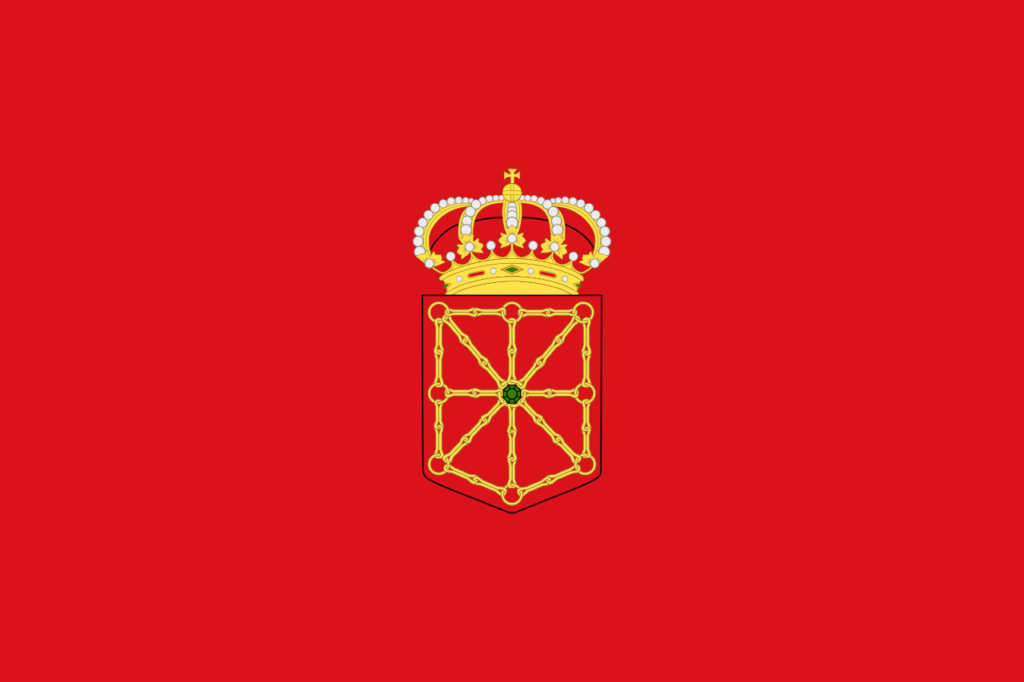
Popular
Geography and Tourist Attractions
Information about the province's tourist attractions, including popular destinations, events, and activities.

The Pyrenees
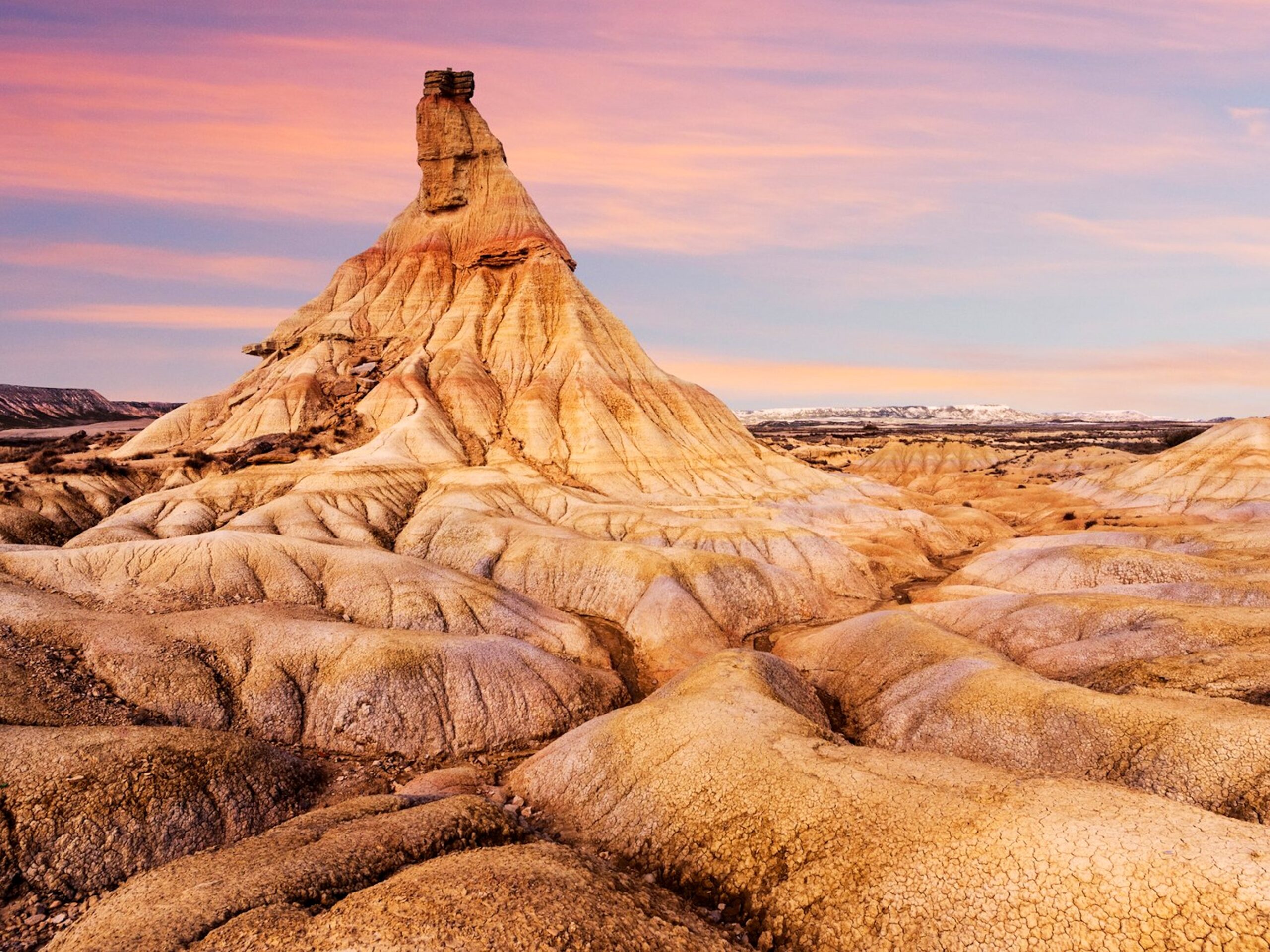
Bardenas Reales
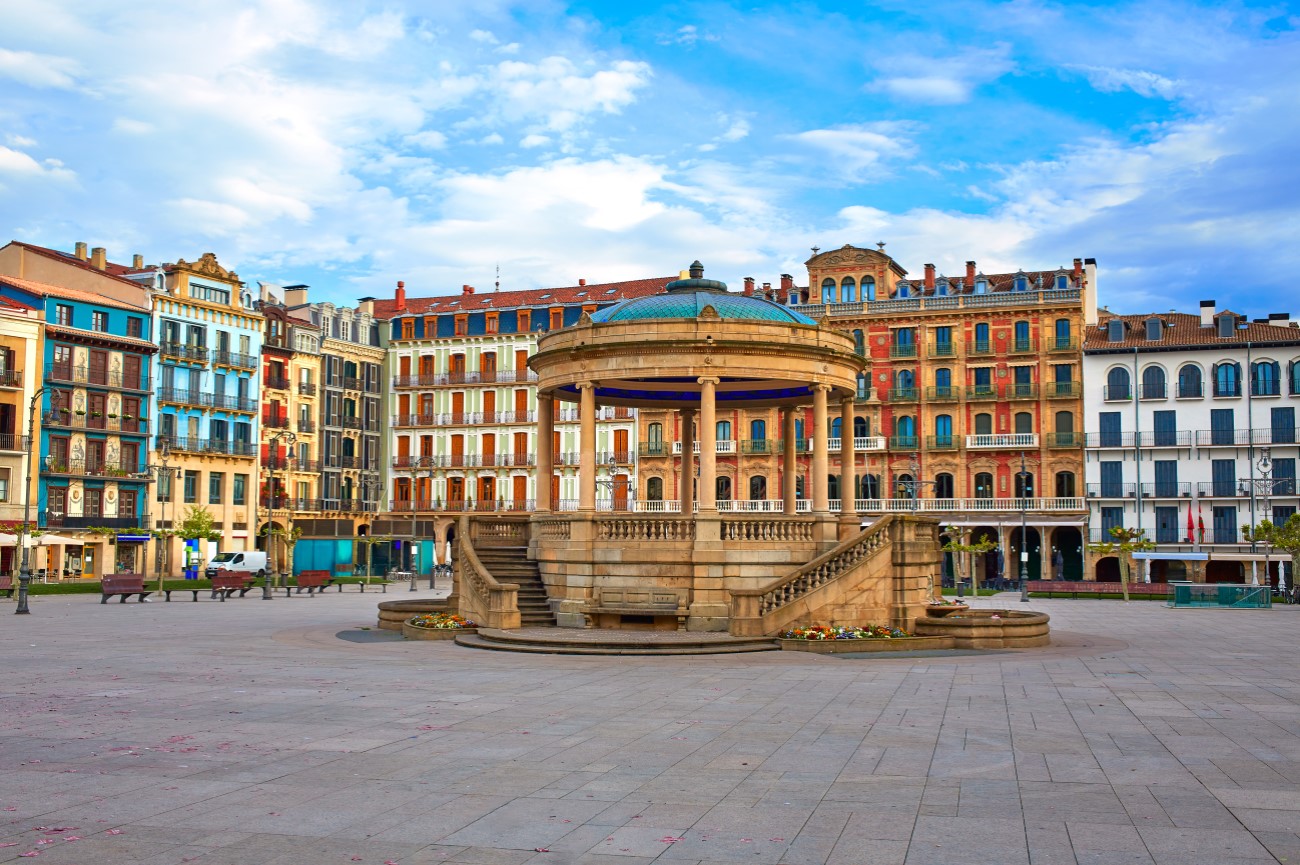
Pamplona
Political
Economy and Government
The economy of the Navarre region in Spain is characterized by a diverse mix of industries, including manufacturing, services, and agriculture. The region is home to several major companies in the automotive, renewable energy, and pharmaceutical sectors, among others. The government of Navarre has been actively promoting economic development in recent years, with a focus on supporting innovation and entrepreneurship. The region has established a number of research and development centers and is home to several technology parks. The government also offers financial incentives to encourage investment and business growth.
The government of Navarre operates as an autonomous community within the Spanish system of government. It has its own legislative assembly, called the Parliament of Navarre, which is responsible for making laws and regulations for the region. The Parliament is composed of 50 members who are elected every four years. The executive branch of the government is led by the President of Navarre, who is elected by the Parliament. The President is responsible for overseeing the implementation of laws and policies and for representing the region in national and international forums. The government of Navarre also has a strong commitment to social welfare and provides a wide range of public services to its citizens, including healthcare, education, and social assistance programs.

History
History and Culture
Navarre is a region located in northern Spain, bordering the Pyrenees Mountains and France. The region has a rich and diverse history and culture, shaped by its strategic location and various influences.
Navarre was originally inhabited by the Basques, who established a thriving civilization in the area. In the 9th century, the region became a kingdom and played a significant role in the medieval history of Spain, including the Reconquista, a centuries-long period of Christian reconquest from Muslim rule.
Navarre's cultural heritage includes a unique blend of Basque, Spanish, and French influences. The region has preserved many historic sites and monuments, including medieval castles, Romanesque churches, and Gothic cathedrals. Additionally, Navarre is known for its traditional festivals, such as the Running of the Bulls in Pamplona, which attracts thousands of visitors each year.
The region's cuisine is also noteworthy, with dishes featuring local ingredients such as lamb, trout, and peppers. Navarre is also famous for its wines, particularly the red wines produced in the Rioja region.
Today, Navarre remains an important cultural and economic center in Spain, with a vibrant artistic scene and a strong sense of regional identity.
HOTELS
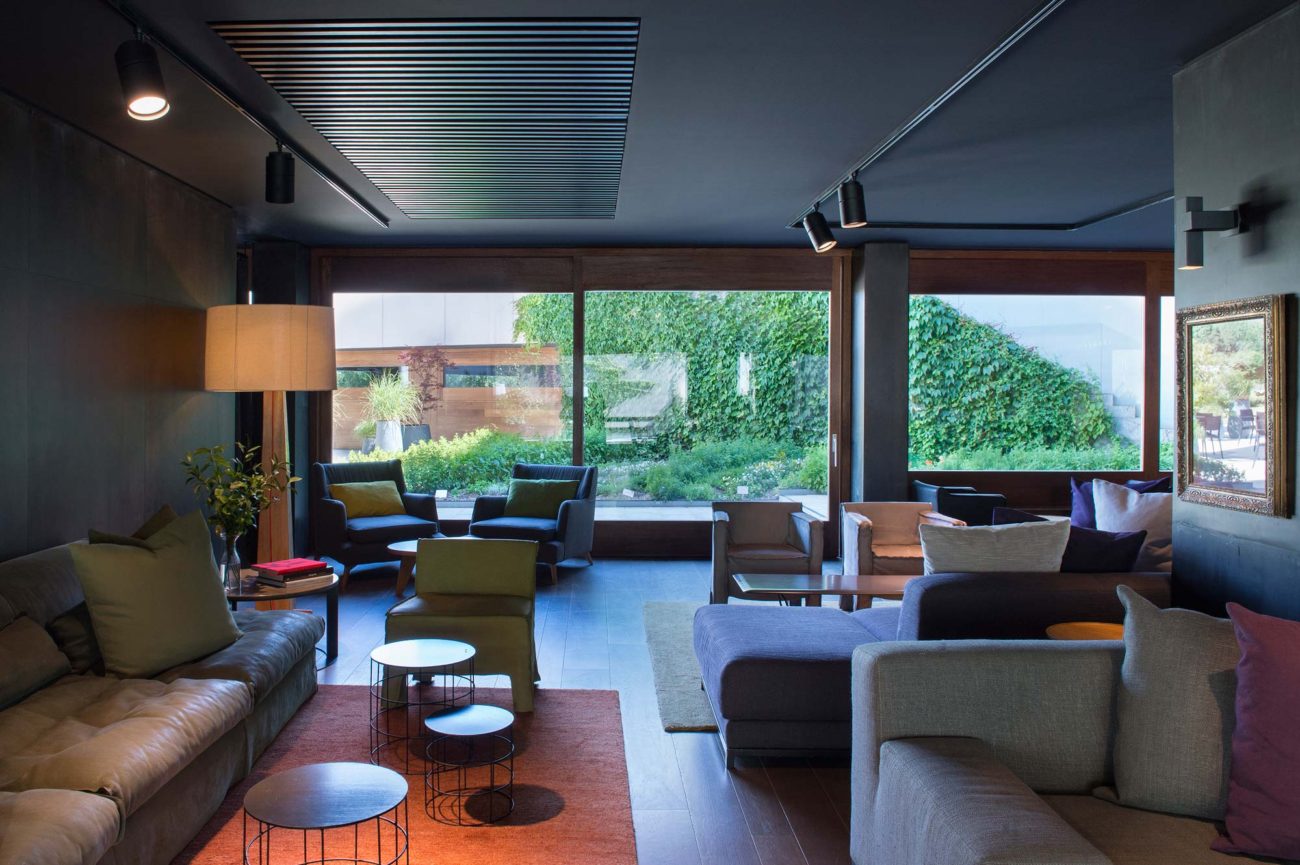
Hotel Alma Pamplona

Parador de Olite
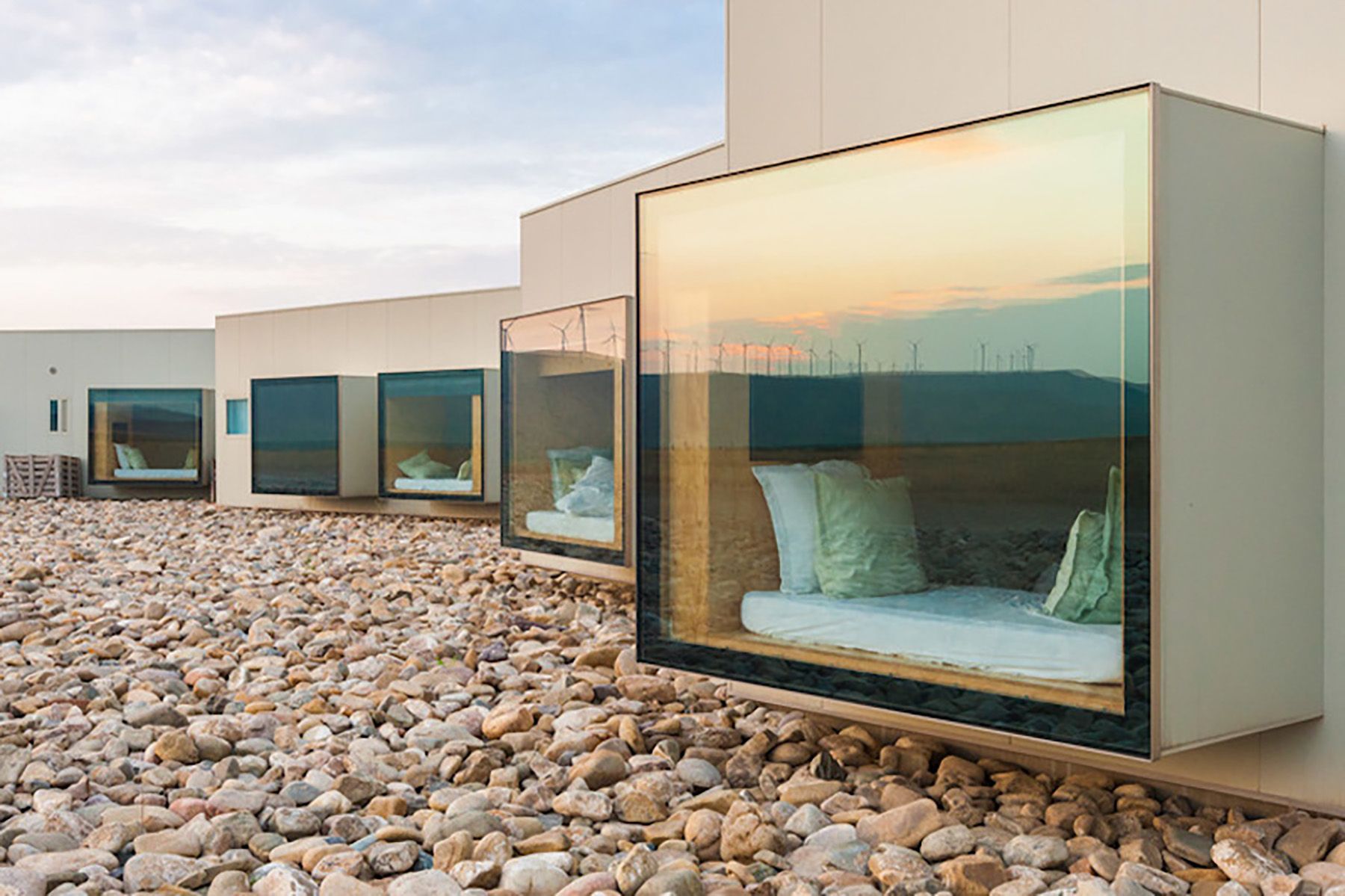
Hotel Aire de Bardenas
RESTAURANTS

Asador Epeleta

Europa

